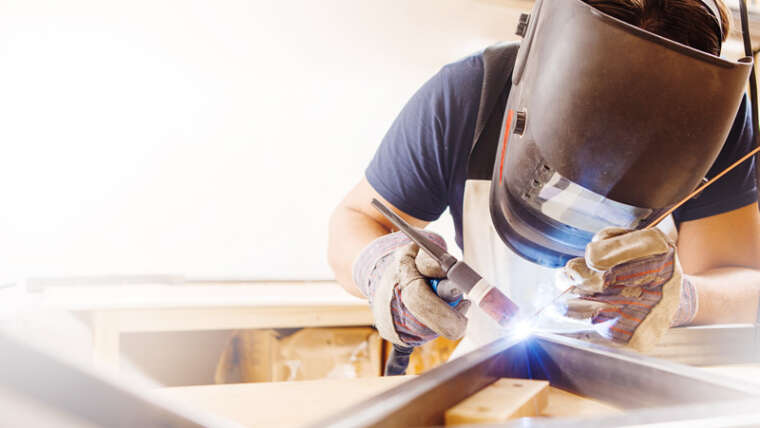A lot of new building materials have appeared in the construction industry in recent years. The essence among these is plywood, which has made a huge difference for the timber industry. Plywood is a wooden board made from thin layers of wood veneer. This material is resistant to cracks, splitting, shrinking, twisting and therefore offers high strength. It is also flexible, inexpensive, processable and usable compared to other wood-based materials. The advantages of plywood are numerous and lead to a huge increase in the production of soft, hard, tropical and decorative plywood.
The plywood is an extremely versatile product and can be used in a variety of structural, interior and exterior applications. This material is used in almost all types of furniture such as sofas, cupboards, kitchen cupboards, drawers etc. It is therefore important to know the details and properties of the different types of plywood available on the market. Knowing these qualities, you can determine the quality of the plywood and its functionality.
UNDERSTAND PLYWOOD GRADES: BWP vs BWP
There are a few plywood grades and types sold on the market. There are two different types of waterproof plywood – BWP and BWR plywood, besides MR (Moisture Resistant) plywood, which is also known as "commercial plywood" and is typically used in the inner frame. There is a lot of confusion about these types of plywood. Because retailers and traders use them interchangeably, consumers often lose the product they want.
In simple words, BWP and BWR are plywood standards. These standards are usually set by the government. The Bureau of Indian Standards (BIS) has established guidelines that manufacturers must follow to obtain certification. The strength of the core material, the type of adhesive used, moisture resistance, termite resistance, etc. are part of the standards considered.
BWP
It is also known as "marine plywood" if it complies with the IS 710 specifications. This plywood is normally used in places where it is exposed to extreme and adverse weather conditions for a long time. It can be used in marine applications such as woodwork for ships and boats. It can also be used in rooms such as kitchens, washrooms, bathrooms, etc. The “Boiling Water Proof” plywood is designed for a lifespan of up to 72 hours in boiling water. It is superior to both moisture-proof and boil-proof plywood in terms of strength and quality. What does BWP plywood So strong and water-repellent is the use of wood veneers of excellent quality and the non-extended (undiluted) synthetic plastic resin, i. H. Phenol formaldehyde, which significantly increases its water resistance.
BWR
Boiling Water Resistant (BWR) is waterproof plywood. Its water resistance is superior to MR plywood, but inferior to BWP. The BWR plywood IS 303 complies with government-set standards. It can be used both indoors and outdoors. Although this plywood has the same phenol-formaldehyde formula as BWP, it is in a diluted state and is therefore not 100% waterproof.

Main differences between BWP and BWR
| BWP grades | BWR grades | |
| IS Code | 710 | 303 |
| quality | Stronger and offers better water resistance. | Lower strength and quality. |
| price | Rs. 52 to Rs. 300 per sq.ft. | Rs. 50 to Rs. 267 per sq.ft. |
| adhesive composition | Undiluted phenol formaldehyde | Diluted phenol formaldehyde |
| frame | Inside and outside, suitable for extreme weather conditions | Inside and outside |
An appropriate choice
Both the BWP and the BWR plywood are durable and resistant to regular wear over many years. In addition, they are not affected by the water and moisture content. BWP plywood is the better choice for prolonged exposure to water. BWP is also resistant to termites. The main difference between the two types of plywood is the composition of the adhesive used in their manufacture. The BWP plywood is of better quality than that BWR plywood because of the undiluted use of phenol-formaldehyde, whose phenolic resins make the plywood more waterproof.
The other factors include the superior quality of the product, applications of the plywood and so on. Not to forget the comparison of the BWP plywood price with the BWR plywood price. The functionality of waterproof plywood is best used in places where it will continue to be exposed to water and extreme weather conditions. Ideally, these are the kitchen area, the washing area, the bathroom or even the roof of a terrace in your own house.




